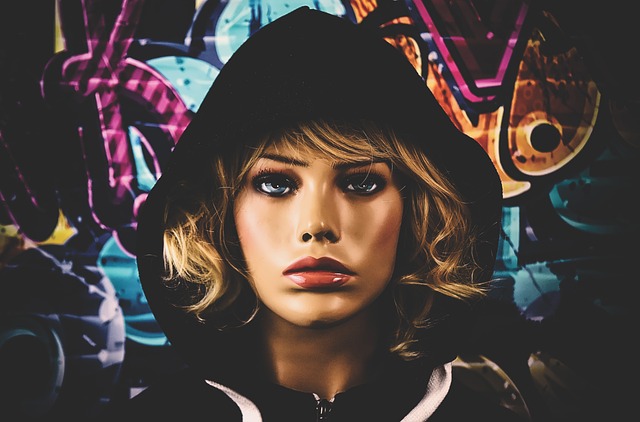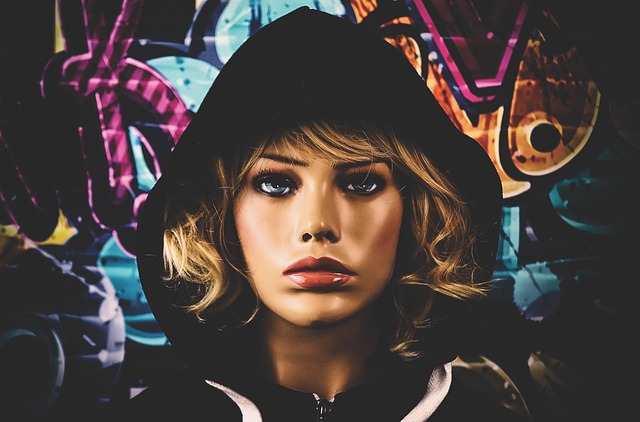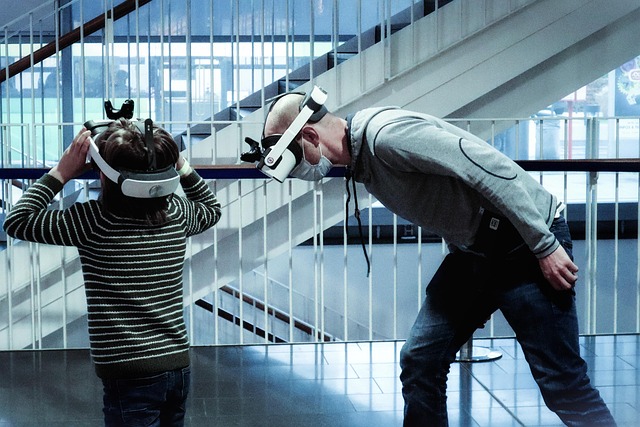
Immersive Realistic Backgrounds: Enhancing Virtual Reality and Augmented Reality Experiences in the Metaverse
As the digital landscape continues to evolve, the importance of immersive experiences in virtual reality (VR) and augmented reality (AR) cannot be overstated. One of the critical elements that significantly enhance these experiences is the presence of realistic backgrounds. By creating environments that captivate and engage users, developers are taking VR and AR experiences to unparalleled heights, transforming the metaverse into a realm of infinite possibilities.
Imagine stepping into a virtual world where every detail feels tangible, from the rustling leaves in a lush forest to the intricate architecture of a bustling cityscape. These realistic backgrounds form the foundation of an immersive experience that allows users to escape from the mundane and enter a visual wonderland. In VR, where the goal is to create a sense of presence, the authenticity of the surroundings plays a pivotal role. Users should feel as if they can reach out and touch the elements within the virtual space.
In the context of AR, realistic backgrounds serve a different yet equally crucial purpose. When overlaying digital content onto the real world, it’s essential for these elements to blend seamlessly with their surroundings. For example, imagine walking through your neighborhood while wearing AR glasses, and as virtual objects appear, they react convincingly to the real-world context. This level of realism makes interactions not only engaging but also intuitive, encouraging users to explore and interact with the digital enhancements embedded in their familiar environments.
The metaverse represents the next frontier in digital interaction, a vast universe where users can connect, create, and share experiences like never before. Within this expansive framework, realistic backgrounds act as the connective tissue, binding users to the experience emotionally and psychologically. When entering a virtual concert, the mesmerizing LED lights, roaring crowd, and the immersive stage design make it feel as if the event is happening in real life. This sense of community and belonging turns a simple gathering into a memorable occasion.
With advancements in technology, the creation of realistic backgrounds is becoming increasingly sophisticated. From high-definition textures to dynamic lighting effects, developers are armed with a toolkit that enables them to push boundaries. Gamers, educators, and professionals all benefit from this evolution, as they can now inhabit more convincing landscapes that enhance learning, creativity, and interaction.
Furthermore, the integration of AI and machine learning is paving the way for even more dynamic and adaptive backgrounds. Imagine an AR app that adjusts the virtual scenery based on the user’s emotional state, creating an experience that resonates on a deeper level. Such innovations are redefining what it means to be immersed in a digital world, transforming not just how we see things, but how we feel about them.
As we step further into this age of the metaverse, the quest for realistic backgrounds will undoubtedly remain at the forefront of software development. The blend of technology and creativity is not just about creating visually appealing scenes; it’s about crafting experiences that evoke feelings and memories, making the digital realm a true extension of our reality.



